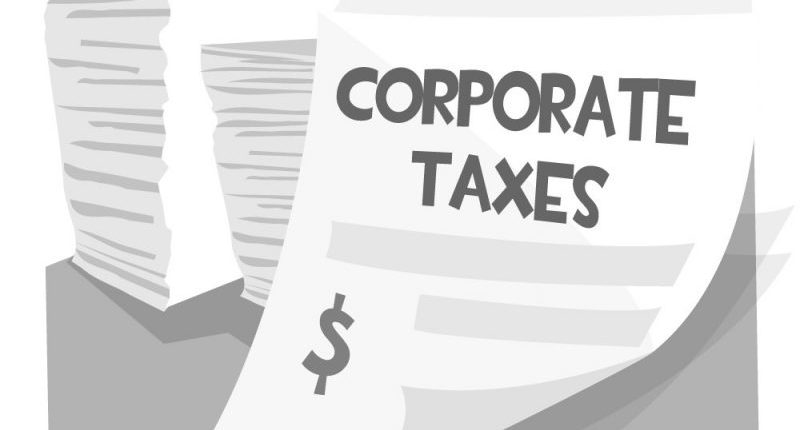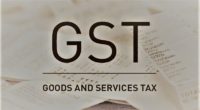After the FY 2016’s budget, there were speculations that the tax rate for corporates would reduce to 25% from the existing 30%. Furthermore, after the news about the European Union (EU) nations considering a reduction in corporate taxes and the reduction of the US tax rate to 21%, expectations of taxpayers had increased.
Bursting the bubble, Akhilesh Ranjan, convener of a task force on the new direct tax code and member (legislation) at Central Board of Direct Taxes said: “Tax rates can’t be cut further without a supporting mechanism to prevent evasion.” Therefore, as of now, the corporate tax rates are going to remain unchanged and new anti-abuse measures are in talks.
It is also clarified that the new ‘Direct Tax Code (DTC) will focus on bringing stability and structure to the tax regime rather than focusing on rate cuts.
Tax being the prime source of income for the national exchequer, we as citizens of India should understand that tax rates are decided based on the countries needs.
Currently, the tax structure for companies ranges between 25% to 30%. Companies with turnover less than Rs 250 crores have the advantage of paying income tax at 25%. The rest are expected to pay the higher percentage.
Interestingly, here, we see the effect of Pareto analysis. Though the maximum taxpayers fall in the 25% tax bracket, the highest revenue is received from the chunk that pays tax at 30%.
The corporate taxpayers have to accept it that the wait for tax rate cuts is going to be a little longer, but surely worth it!
To add here, reassuring the taxpayers Ranjan at an international tax conference conveyed, “When we are confident that these measures can yield the desired revenue, that is the point when we can think of any substantial reduction in the tax rate.”
We can hope that the introduction of the new anti-abuse measures can help in the reduction of tax rates for corporates at the earliest.





